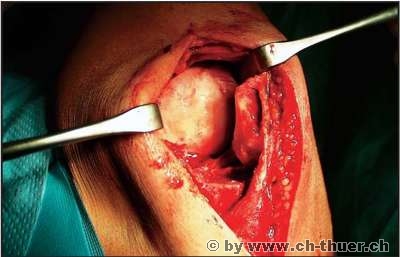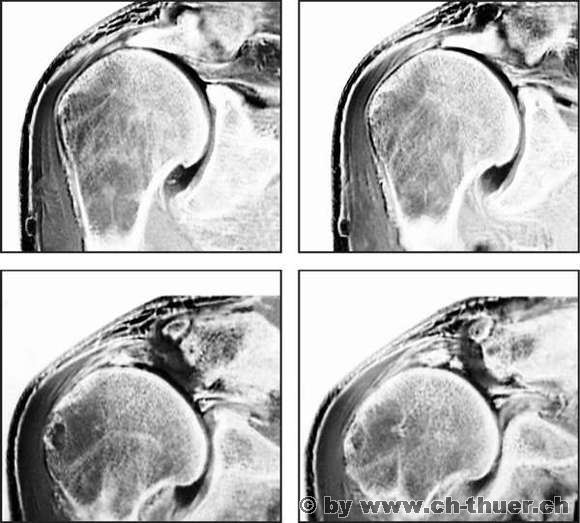| Home | |
| Disorders and injuries of the shoulder | |
| Anatomy and biomechanics | |
| Examination techniques | |
| Instability | |
| Biceps tendon and limbus | |
| Rotator cuff | |
| Fractures of the shoulder girdl | |
| Arthrosis in the shoulder girdle | |
| Arthritis of the shoulder girdle | |
| Metabolic disorders | |
| Congenital deformities | |
| Tumours | |
| Functional problems | |
| Rehabilitation | |
| Complications | |
| Physiotherapy after surgical procedures on the shoulder | |
| Download brochure as PDF (2.2 MB), English version not available yet | |
| Sitemap | |
Praxis
Dr. med. Christoph Thür Dr. med. Ludwig Labler © by www.ch-thuer.ch |
|
|||||||||||||||||||||||||||||||||||||||||||||||
|
|
|||||||||||||||||||||||||||||||||||||||||||||||
|
|||||||||||||||||||||||||||||||||||||||||||||||



